Our Dundee cake recipe is nice and easy to make and as tasty as they come. But not everyone has tried a traditional Dundee cake before, but we think they will have seen one.
They may not have realised they were looking at a Dundee Cake, but this deliciously iconic cake has a look that no other cake, Scottish or otherwise, has.
Why? The simple almond.
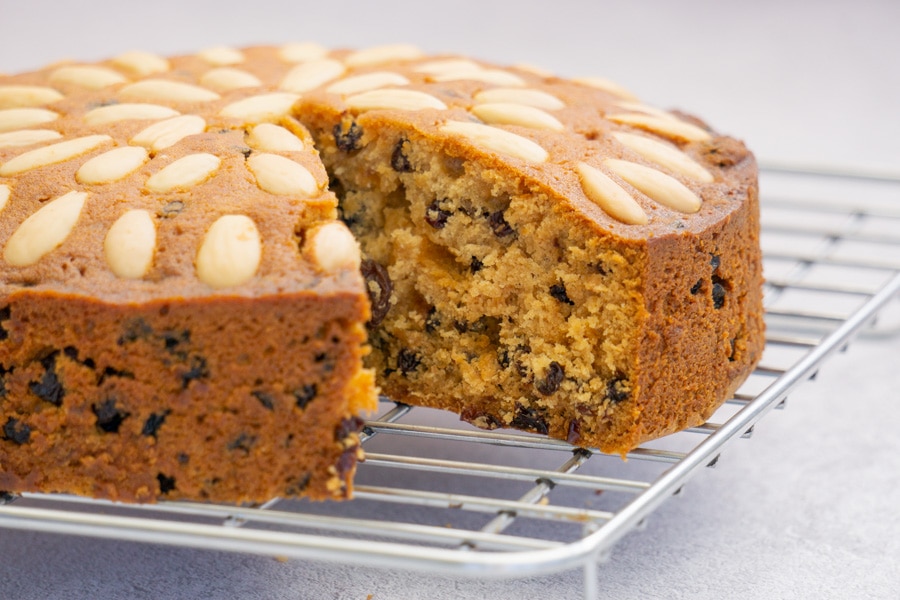
Every Dundee cake recipe demands the cake is topped with a stunningly simple circular pattern of almonds, making it stand out in any crowd of cakes! It’s this timeless, nutty design that makes the Dundee cake so special.
What can be overlooked, though, is quite how tasty this amazing cake is, who apparently had the cake put together in the first place and how simple it is to make for yourself.
Scroll to the end or use the table of contents to be taken straight to the Printable Recipe Card.
- What is a Dundee Cake
- The History of the Dundee Cake Recipe
- What is the difference between a Dundee Cake and a Christmas Cake?
- Things you'll need
- Ingredients
- How to Make a Dundee Cake – Step by Step Guide
- How long does a Dundee Cake last?
- Variations
- Other Traditional Scottish Desserts, Sweet Treats and Cakes to Try:
What is a Dundee Cake
Dundee Cake is a rich Scottish fruitcake made with currants, sultanas/raisins, and almonds. Many recipes also include marmalade and fruit peel. Like many Scottish recipes, it’s been known to have a dash of whisky. Yum!
The cake is beautifully moist with a rich zesty flavour backed up by a sweet Dundee marmalade. The almonds are more than a design feature, they also provide a crunch and roasted flavour.
The History of the Dundee Cake Recipe
The story of the Dundee Cake and the recipes nutty decoration is said to be buried deep in Scottish folklore. Legend says Mary, Queen of Scots herself asked for the recipe to be created. Why? Well, she did not care for glacé cherries so an alternative was requested, and you didn’t say no to a Queen!
The blanched almonds that form circles on the top of every Dundee cake, well that can be said to form a crown, one fitting a queen perhaps?
Like all folklore, the origins of the Dundee Cake recipe should be taken with a pinch of salt (not literally). Rich fruitcakes were popular across Scotland so there is no proof that Mary demanded the creation of this recipe.
Loved this recipe?
Join us in our Scottish Scran Facebook Group for more recipes, stories and chat
Learn more
A more likely story is that the Dundee Cake recipe was created by Janet Keiller in the 1700s, later to be mass-produced by the marmalade company Keiller’s Marmalade.
Marmalade is a key ingredient in several Scottish recipes that we’ve found, one of our favourites being Caledonian cream – delicious!
Like Cranachan, Caledonian Cream contains whipped cream and whisky, but there the similarities end. The other main ingredients in Caledonian Cream are marmalade, and then, the juice of a lemon or an orange, plus a little sugar for sweetness.
Although it is unlikely that Mary ordered the creation of the Dundee Cake recipe, it is said that our current Queen, Queen Elizabeth, is partial to a slice or two, so it’s a cake with royal heritage, one way or another!
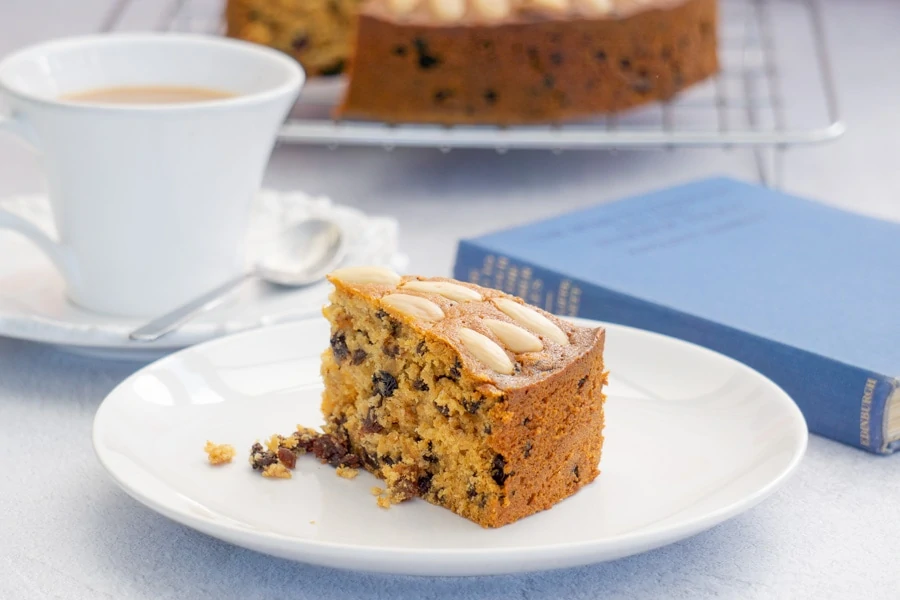
What is the difference between a Dundee Cake and a Christmas Cake?
Many people dust off their trusted Dundee Cake recipe at Christmas time, but technically, it’s not a Christmas cake. The differences are slight but do make the difference.
Dundee Cake recipes have no alcohol traditionally and, of course, have a topping of blanched almonds.
Traditional Christmas cake has a richer flavour and uses different fruits to a Dundee Cake including glacé cherries. Sometimes a Christmas cake can have a similar almond decoration but more modern recipes call for the cake to be iced.

Things you’ll need
- 2 Mixing Bowls – we use this one
- Wooden Spoon
- Digital Scales – we use this one
- Cups measure – we use these ones
- 7-8 inch round cake tin
- Parchment paper
- Electric Whisk
Ingredients
- 180g Unsalted Butter ( 3/4 cup and 1 tbsp)
- 180g Brown Sugar ( 3/4 cup and 1 tbsp)
- 3 Large Eggs
- Zest of 1 Orange
- 5 Tbsp Dundee Marmalade with Peel
- Blanched Almonds
- 225g Plain Flour ( 1 cups + ¼ cup + 2 tbsp)
- 1 tsp Baking Powder
- 175g Sultanas or Raisins (1 cups + 3 tbsp)
- 175g Currants (1 cups + 3 tbsp)
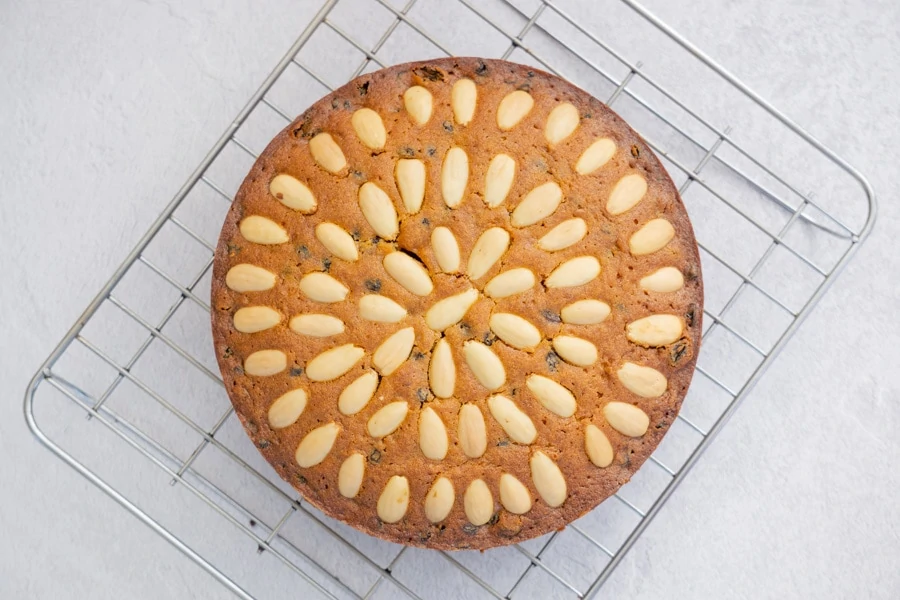
How to Make a Dundee Cake – Step by Step Guide
Pre-heat the oven to 150C / 300F. The cake needs to cook at a low temperature so it doesn’t brown too quickly or crack.
Cream the butter and sugar together in a large bowl.
In another bowl, crack the 3 large eggs and whisk them together. Measure out the flour that you’ll need to use and then add a tablespoon or two along with the eggs to the creamed butter and sugar. This helps the eggs to not curdle when you mix it together.
Slowly fold in the remaining flour and the baking powder.
Once your mix has begun to come together, add the currants and sultanas, as well as the marmalade. At the same time, grate your orange, adding the zest to the rest of the ingredients, and fold it all into the mixture.
Don’t mix it too much!
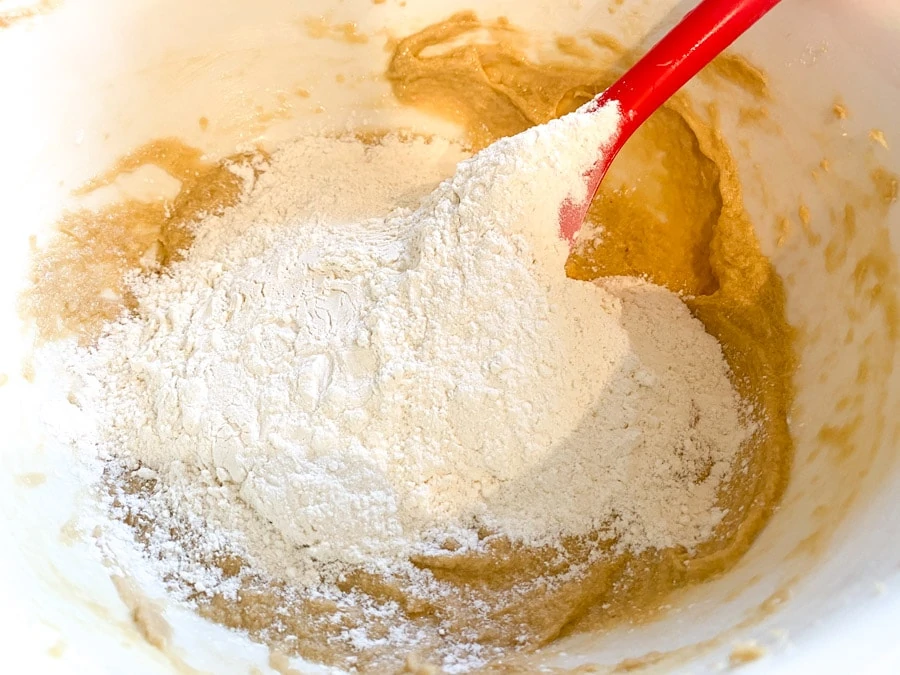
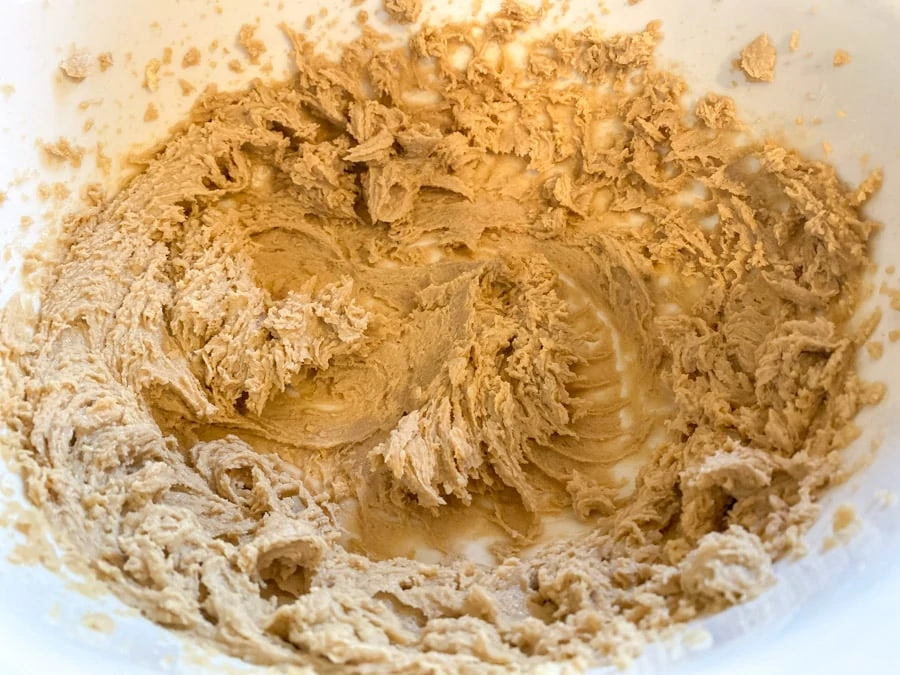

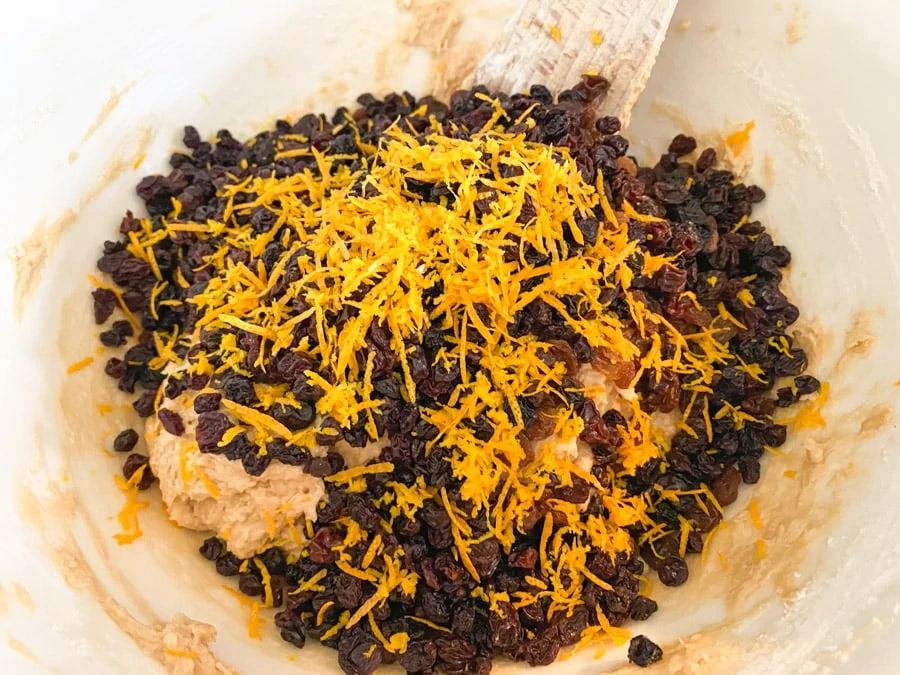
Grease or line your cake tin, we greased the sides and cut parchment paper for the base, this seemed to work well.
Pour your mix into your cake tin and smooth the top with the back of a spoon.
Decorate with blanched almonds, usually in circles. Lightly lay the almonds on the batter rather than pushing them into the mix, the cake will expand around them as it cooks.
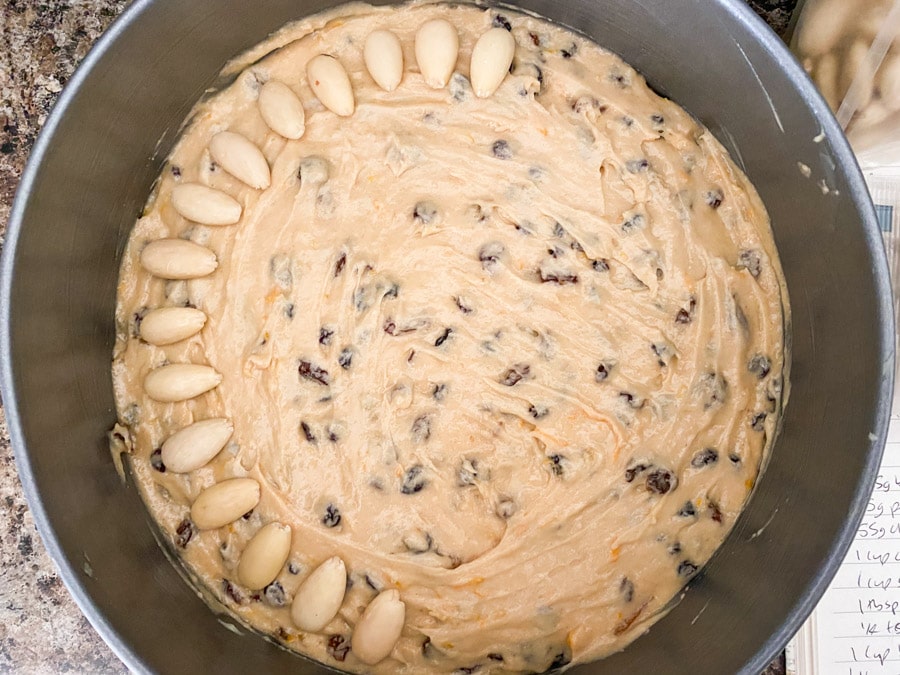
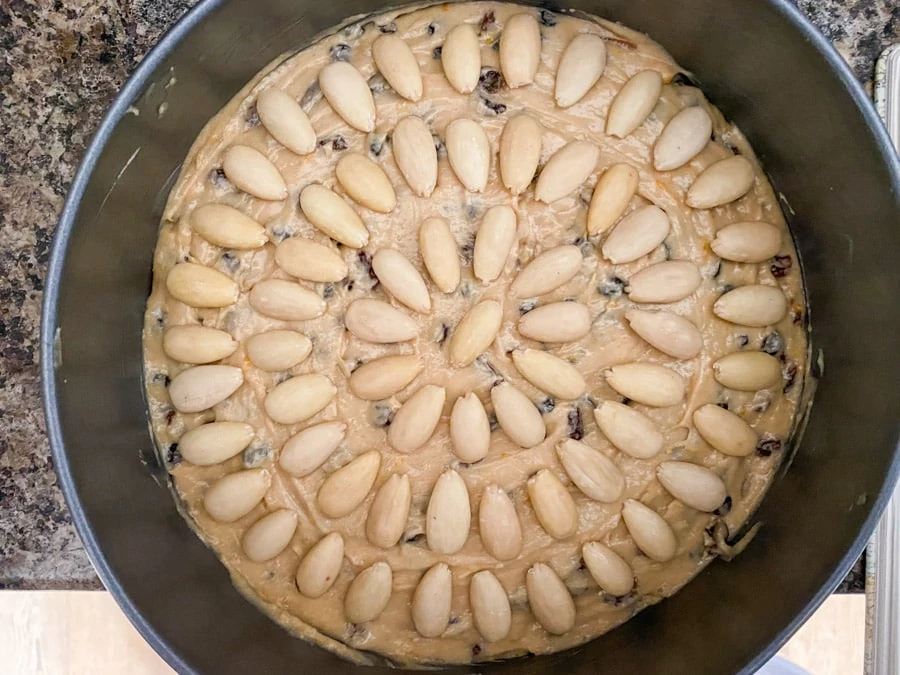
Put in the centre of the preheated oven for 1.5-2 hours. If it starts to brown too quickly you can put some tinfoil over the top of the cake tin. Do keep an eye on it as it will darken very quickly once done.
Remove and allow to cool in the cake tin for around 10 minutes before removing and placing on a rack to cool further.
Some people suggest placing your cooled cake in an airtight tin for 2 days before cutting as it will taste better. We do not have the willpower to wait that long and be able to try this, do let us know if it works!
We suggest eating whenever you choose, with a good book and a cup of tea.
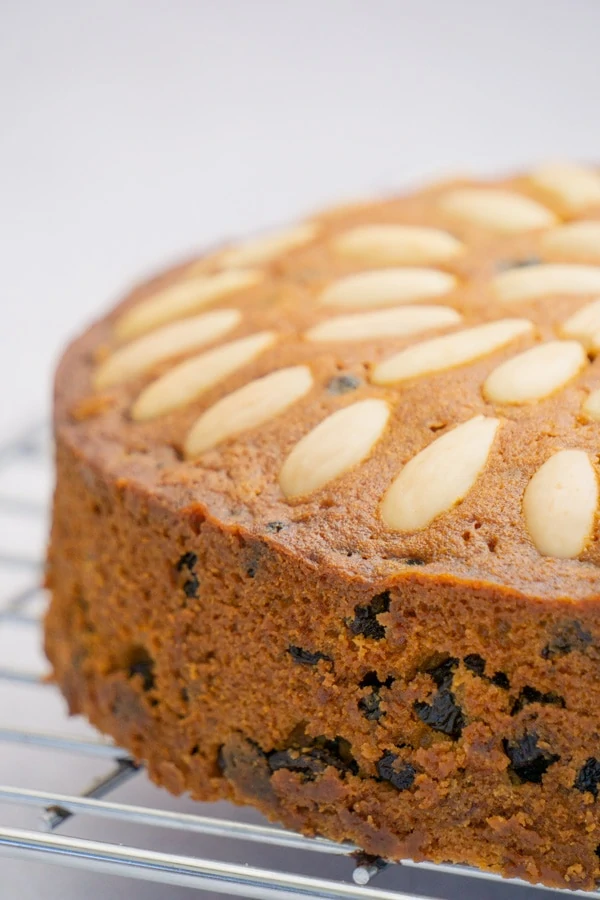
How long does a Dundee Cake last?
In our house not very long at all but, in an airtight cake tin, your cake should last a week or so. Once cut if you want the cake to last a little longer wrap it in tin foil before placing it in your tin.
Variations
Newer versions of the Traditional Dundee Cake Recipe have seen the addition of glacé cherries, a sweet glaze brushed over the top of the cake and some have even whisky added. None of these sound like bad options to us but we do like trying to stick to the traditional!
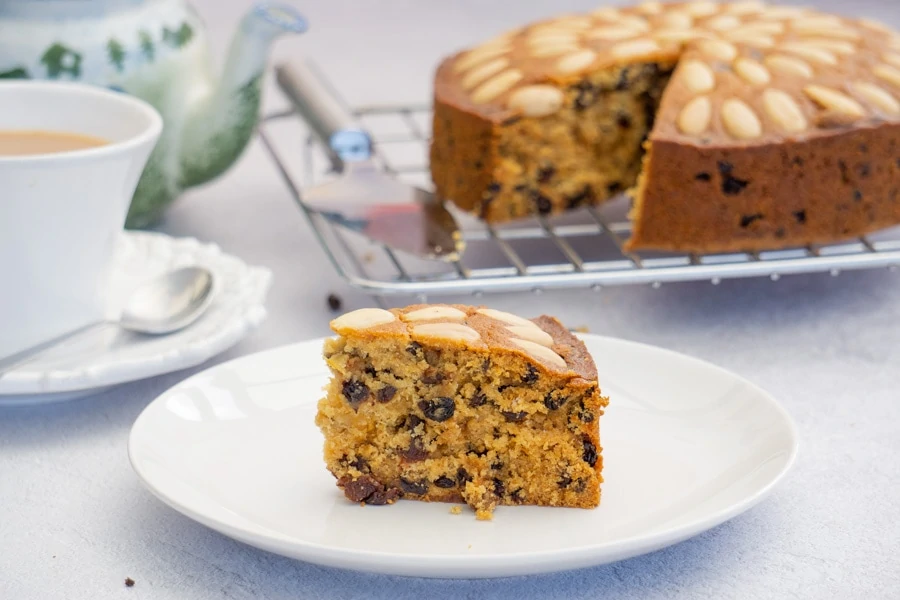
Enjoy,
Phil & Sonja
Dundee Cake Recipe

A Dundee cake is a rich fruitcake made with currants, sultanas, and almonds; sometimes it will also include marmalade and fruit peel. Like many Scottish recipes, it has also been known to have a dash of whisky as well. Yum!
The cake is beautifully moist with a rich zesty flavour backed up by a sweetly tart Dundee marmalade. The almonds are not just a design feature but provide a crunch and roasted flavour to an otherwise simple fruitcake.
Ingredients
- 180g Unsalted Butter ( 3/4 cup and 1 tbsp)
- 180g Brown Sugar ( 3/4 cup and 1 tbsp)
- 3 Large Eggs
- Zest of 1 Orange
- 5 Tbsp Dundee Marmalade with Peel
- Blanched Almonds
- 225g Plain Flour ( 1 cups + ¼ cup + 2 tbsp)
- 1 tsp Baking Powder
- 175g Sultanas or Raisins (1 cups + 3 tbsp)
- 175g Currants (1 cups + 3 tbsp)
Instructions
How to make a Dundee Cake – Step by Step Guide
- Pre-heat the oven to 150C / 300F.
- Cream the butter and sugar together in a large bowl.
- In another bowl, crack the 3 large eggs and whisk together.
- Measure out the flour that you’ll need to use and then add a tablespoon or two along with the eggs to the creamed butter and sugar. This helps the eggs to not curdle when you mix it together.
- Slowly fold in the remaining flour and the baking powder.
- Once your mix has begun to come together add the currants and sultanas as well as the marmalade. Then, grate your orange adding the zest to the rest of the ingredients and fold it all into the mixture.
- Grease or line your cake tin, we greased the sides with butter and cut parchment paper for the base, this worked well.
- Pour your mix into your cake tin and smooth the top with the back of a spoon.
- Decorate with blanched almonds, usually in circles starting from the outside and working into one solo nut. Take care to lightly lay the almonds on the batter rather than pushing them into the mix.
- Put in the centre of the preheated oven for 1.5 - 2 hours. If it starts to brown too quickly you can put some tinfoil over the top of the cake tin.
- Remove and allow to cool in the cake tin for around 10 minutes before removing and placing on a rack to cool further.
Nutrition Information:
Yield:
16Serving Size:
1Amount Per Serving: Calories: 271Total Fat: 10gSaturated Fat: 6gTrans Fat: 0gUnsaturated Fat: 4gCholesterol: 59mgSodium: 54mgCarbohydrates: 44gFiber: 2gSugar: 29gProtein: 4g
The nutritional data in this recipe is provided by a third party and these values are automatically calculated and offered for guidance only. Their accuracy is not guaranteed.
Other Traditional Scottish Desserts, Sweet Treats and Cakes to Try:
- Easy Clootie Dumpling Recipe
- Simple Microwave Clootie Dumpling Recipe
- Traditional Homemade Scottish Tablet Recipe
- Cranachan: A Traditional Scottish Dessert Recipe
- Scottish Cranachan Cheesecake Recipe
- Simple Caledonian Cream Recipe
- Scottish Trifle: The Easiest Tipsy Laird Recipe
- Homemade Scottish Macaroons Recipe
- Empire Biscuit Recipe: Classic Scottish Double Biscuits
Pin for later!


I assume the baking powder goes in with the flour, but there’s no mention in the recipe?
Yes, you’re right! Thanks for pointing this out, we’ve adjusted it now.
Love it!!
I found it confusing that the ingredients refer to raisins and the method to sultanas.
As we mention in the recipe, either can be used so we’re just covering everyones choices. Hope that helps
The recipe is so close to my nanny’s.
However soaking the fruit in whisky of choice adds another facet of flavour.
Plus making a plain sugar syrup w/whisky to glaze the warm cake after baking.
I now make a big batch of Seville Marmalade each January/February ready for the next Christmas season. Allowing it to age ready to gift to family.
We use previous years’ batches of marmalade for cakes, breakfast toast etc.
Thank you for the lovely recipe.
I agree with Claire Will’s earlier comment about soaking sultanas/raisins/currants. I like to pour a pot of hot tea over my bowl of dried fruit. I leave them to plump for 20-30 minutes, then strain and reserve the liquid to use where liquid is needed. Other times I use Marsala wine or Stone’s Green Ginger wine for soaking raisins; I keep a lidded jar on the counter and let them ferment for at least a week.😉